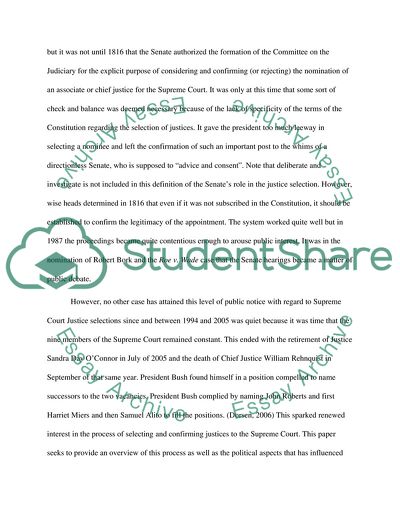Cite this document
(The Selection and Description of Supreme Court Justices Case Study, n.d.)
The Selection and Description of Supreme Court Justices Case Study. Retrieved from https://studentshare.org/law/1707957-selection-of-supreme-justices-procedure-and-politics
The Selection and Description of Supreme Court Justices Case Study. Retrieved from https://studentshare.org/law/1707957-selection-of-supreme-justices-procedure-and-politics
(The Selection and Description of Supreme Court Justices Case Study)
The Selection and Description of Supreme Court Justices Case Study. https://studentshare.org/law/1707957-selection-of-supreme-justices-procedure-and-politics.
The Selection and Description of Supreme Court Justices Case Study. https://studentshare.org/law/1707957-selection-of-supreme-justices-procedure-and-politics.
“The Selection and Description of Supreme Court Justices Case Study”. https://studentshare.org/law/1707957-selection-of-supreme-justices-procedure-and-politics.


